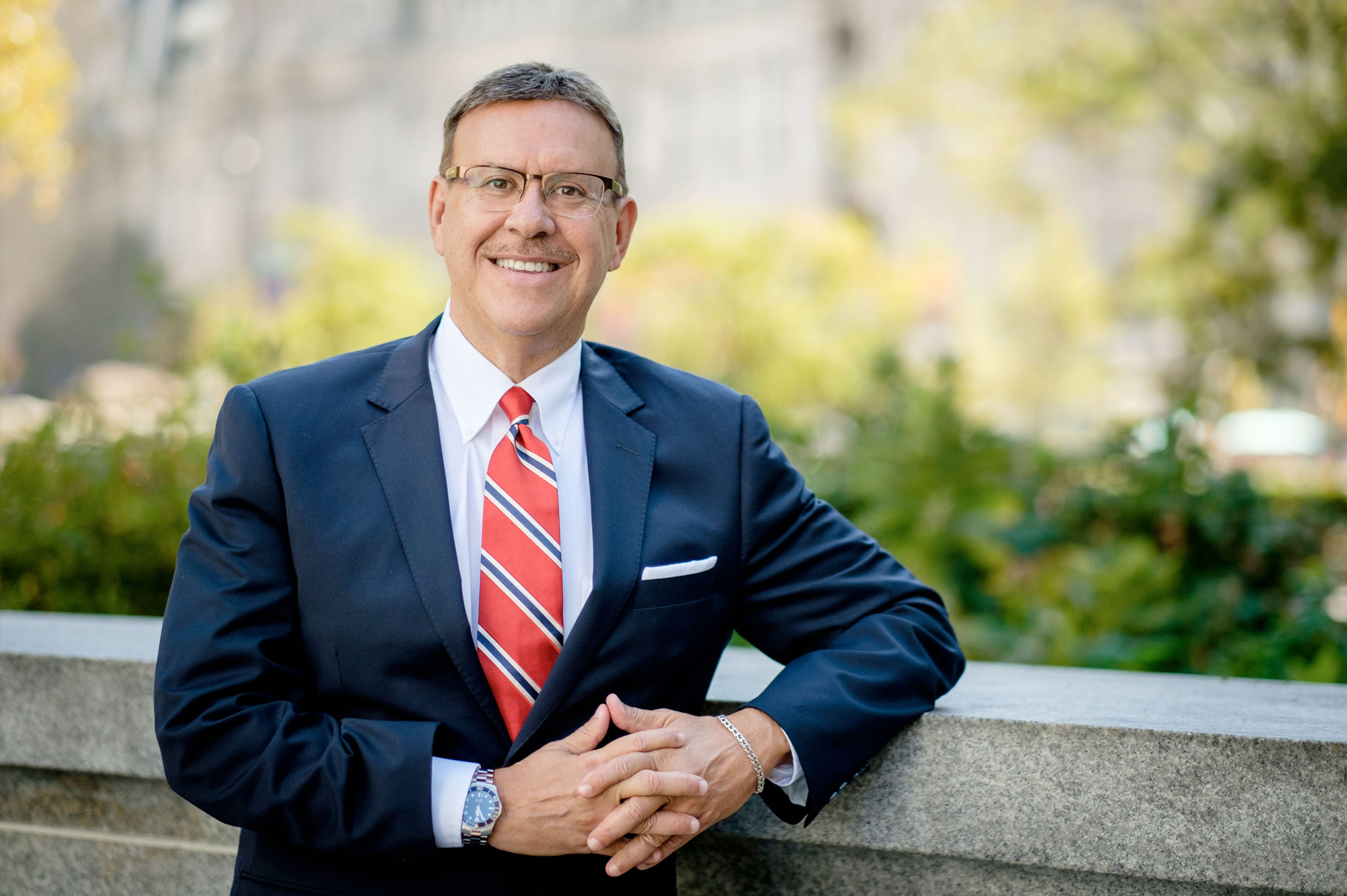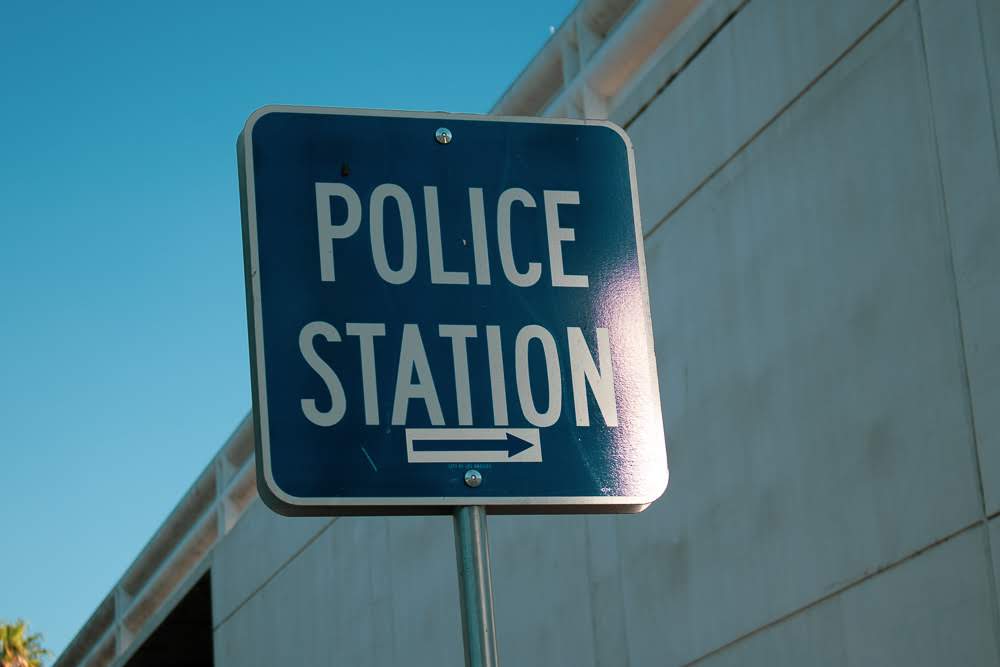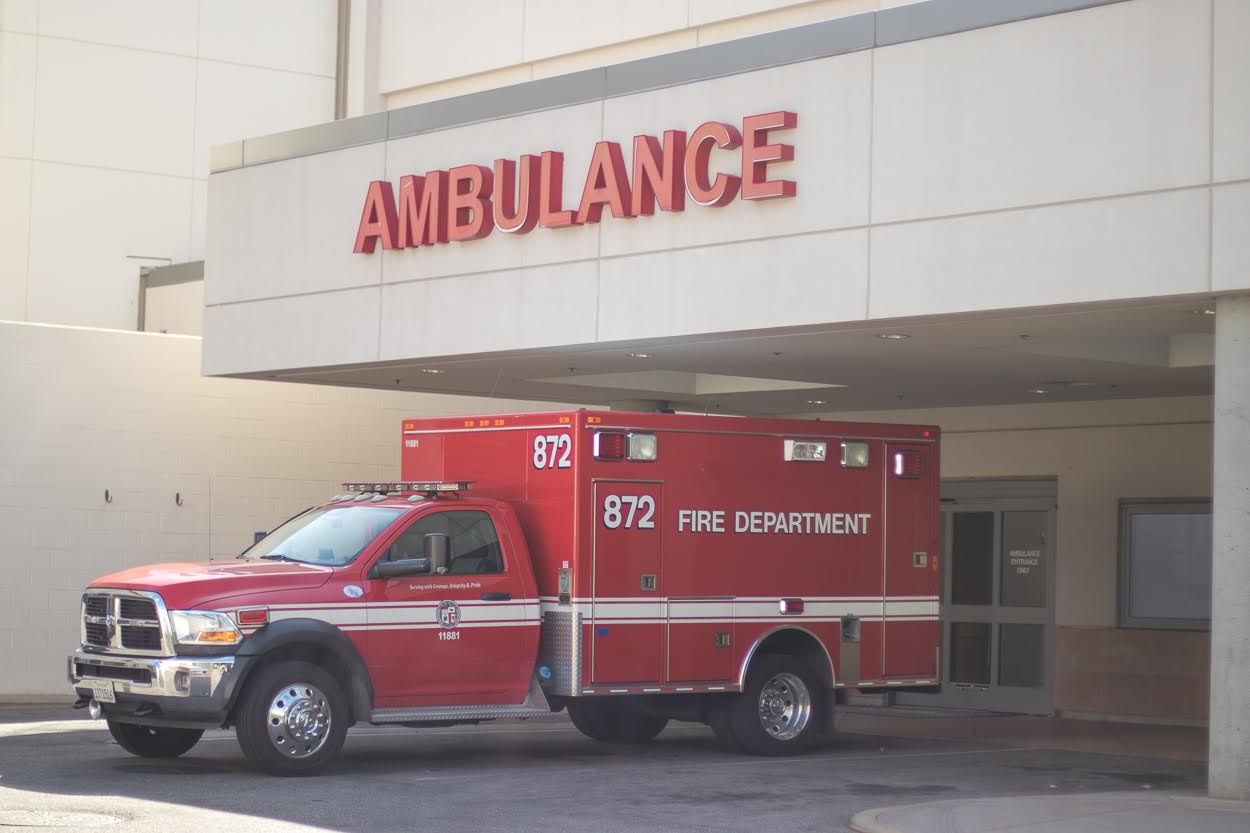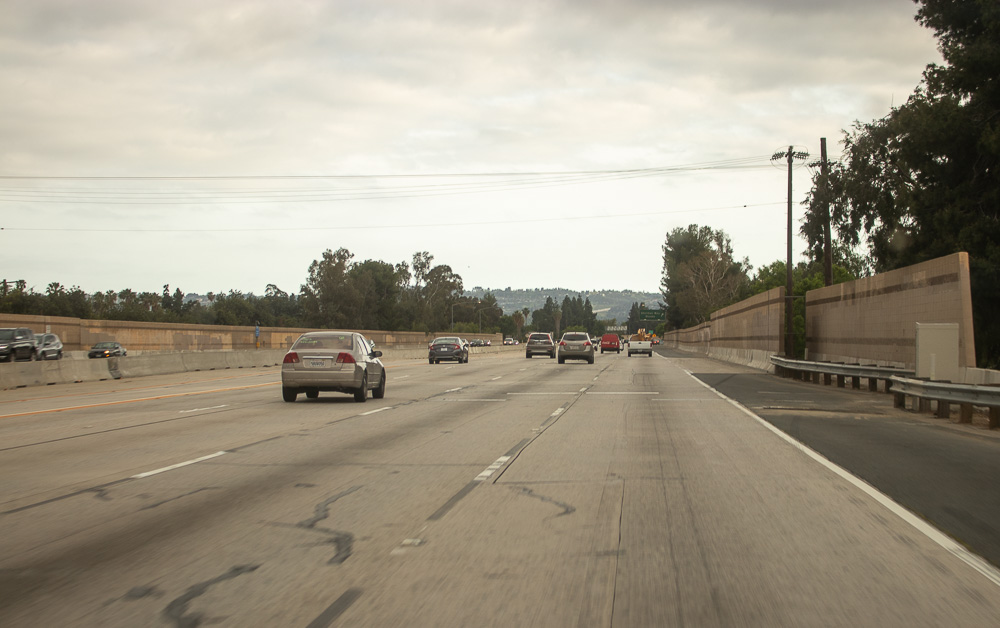Water, uneven sidewalks, slippery floors, defective stairs, and unpainted curbs are but a few hazards you may face says Philadelphia slip-fall lawyer Rand Spear.
Slips that cause serious injuries can happen just about anywhere for a number of reasons. While they are more likely to happen outside in the winter because of snow and ice, a slip and fall can happen during any season indoors or outside says Philadelphia slip-fall lawyer Rand Spear.

Slips can occur on sidewalks, in government buildings, commercial properties and private residences. You just need to be at the wrong place at the wrong time to find yourself on the floor and injured. Here are some dangerous situations that can be caused by a building owner or manager who isn’t taking the proper steps to keep people safe.
If you’re inside a commercial business and shopping for what you need and want, you will often find stores are renovating, changing displays or employees are stocking items. If not done correctly this can cause problems for customers.
- If objects are blocking a walking path or aisle and you try to walk over or around them it can cause you to fall.
- There’s no designated walking area marked off with bright tape or paint.
- Sawdust on a smooth floor can create a slippery surface.
- Power cords may run across walking areas without proper cord covers.
Even during warm weather water can be a problem on outside surfaces.
- Downspouts can discharge water across walking surfaces if the water isn’t channeled away or underneath.
- Wooden or aluminum ramps and stairs without traction strips can be slippery when wet.
- After entering a building on a rainy day visitors may shake off umbrellas inside the entrance, causing puddles. A building owner or manager should have umbrella bags available instead.
Stairs can be especially hazardous because you’re not only falling but falling down stairs which can easily cause serious injuries.
- Stairs missing handrails or handrails that aren’t strong enough or run the full length of the stairs increase the risk of a trip and fall.
- Stair steps without contrasting stair treads can cause trips and falls.
- Chipped or damaged concrete stairs are hazardous.
Sidewalks are areas that can cause falls even in perfect weather.
- Sections that change in height more than a half inch create a tripping hazard and a quarter inch difference can also cause trips among the elderly and those who have difficulty walking.
- Landscaping and raised edges next to walkways can cause trips if they’re hard to see or located where pedestrians may take shortcuts.
- Potholes and frost heaves can cause pedestrians to trip, especially at night in poor lighting.
- Unpainted curbs or curb cuts in highly trafficked sidewalks may be hard to see due to the lack of visual contrast, creating a trip hazard.
- Gaps between sidewalk sections can catch heels and cause falls. They can also collect water, possibly causing puddles and make frost heaves worse.
Often when you enter a building there will be mats by the door. Though the intent may be good, to reducing the amount of water and dirt on the floor, but the mats themselves can be hazardous.
- Mats that have shifted out of position or wrinkled on can create a tripping hazard.
- Mats with curled edges, rips and broken edges can cause falls.
- Mats placed under water fountains, soda dispensers and sinks need to be able to absorb water. If they can’t puddles can form, increasing the chance of a fall.
Every day we go about our business, focusing on the task at hand and we assume those responsible for our safety in public areas won’t let us down. For too many of us that trust is misplaced and negligent actions can result in falls and serious injuries.
If you have been injured in a slip and fall accident, you don’t have to face the high cost of a slip and fall injury alone. Contact us today at 877-GET-RAND.
Call or text (215) 985-2424 or complete a Free Case Evaluation form









